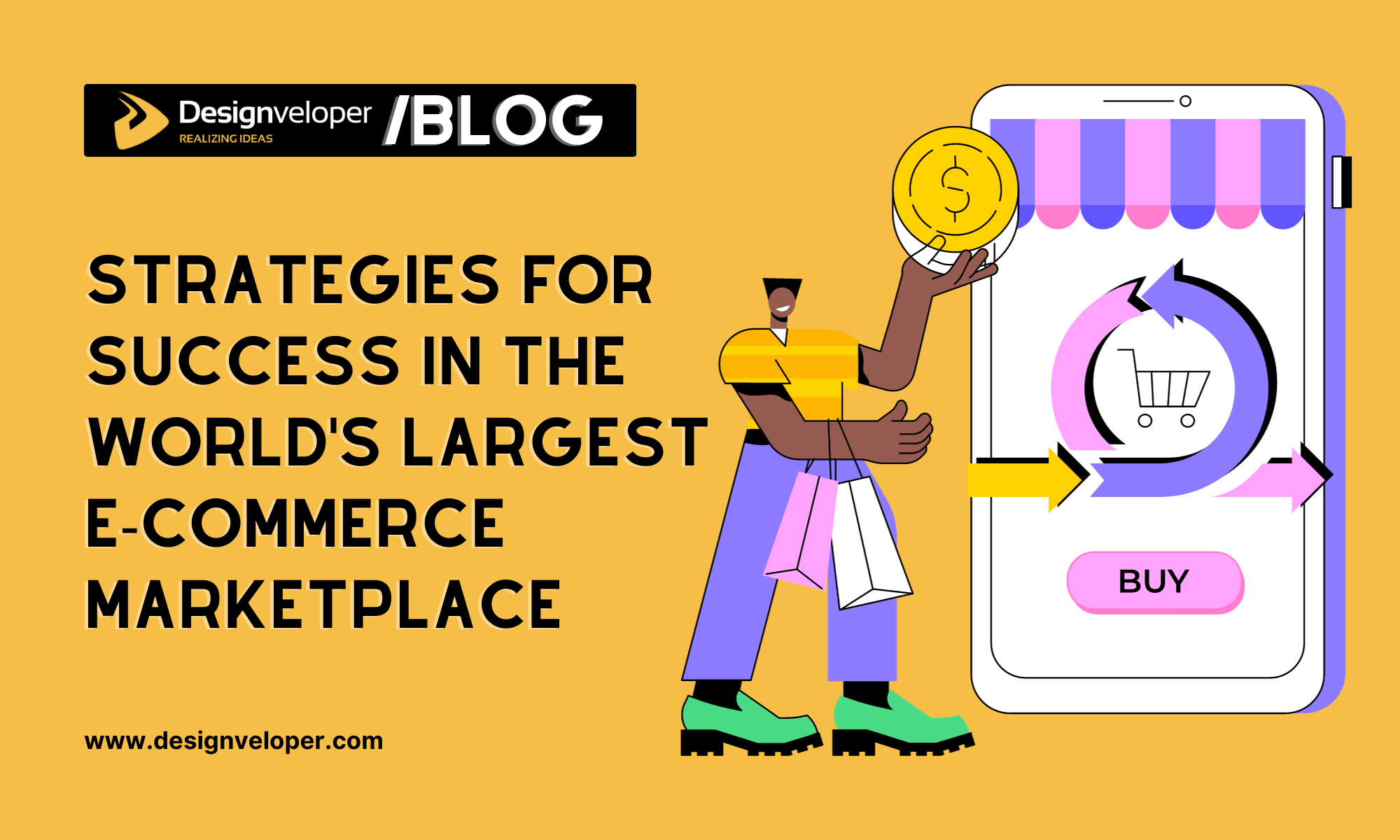In the vast landscape of ecommerce, Amazon reigns supreme as the undisputed giant. With millions of sellers and an extensive array of products, standing out in this highly competitive ecommerce marketplace can be a daunting task. However, for those who understand and implement effective strategies, the rewards can be immense. Explore the strategies for success in the world’s largest e-commerce marketplace, Amazon, below.
The Amazon Phenomenon
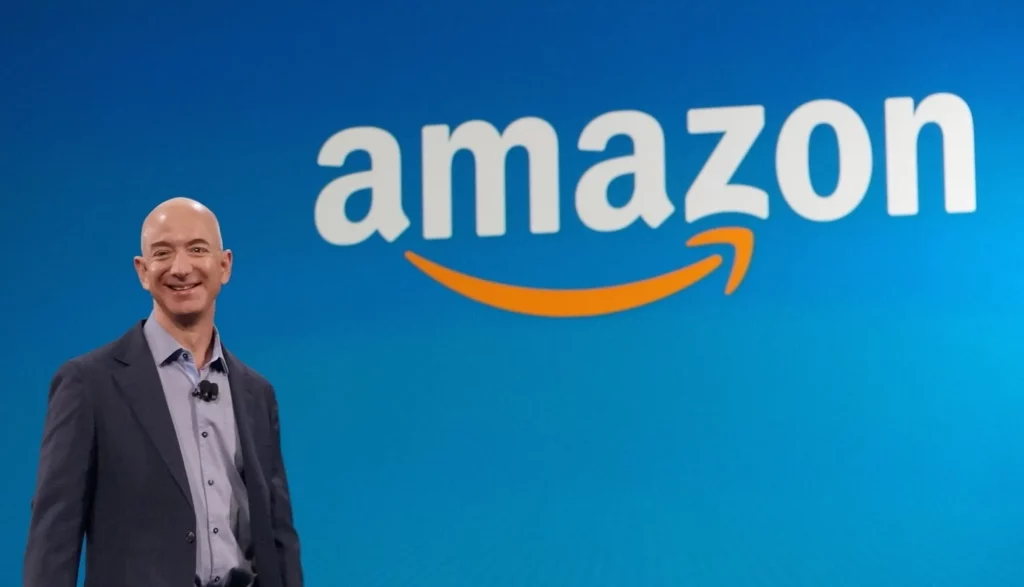
Amazon, founded by Jeff Bezos in 1994 as an online bookstore, has grown into a global e-commerce juggernaut. Its relentless customer-centric approach, innovative technologies, and expansive ecosystem have propelled it to the forefront of the retail industry. As of my last knowledge update in January 2022, Amazon boasted over 150 million Prime members in the United States alone and operated in multiple countries, making it a powerhouse in the e-commerce world.
Understanding the Amazon Ecosystem
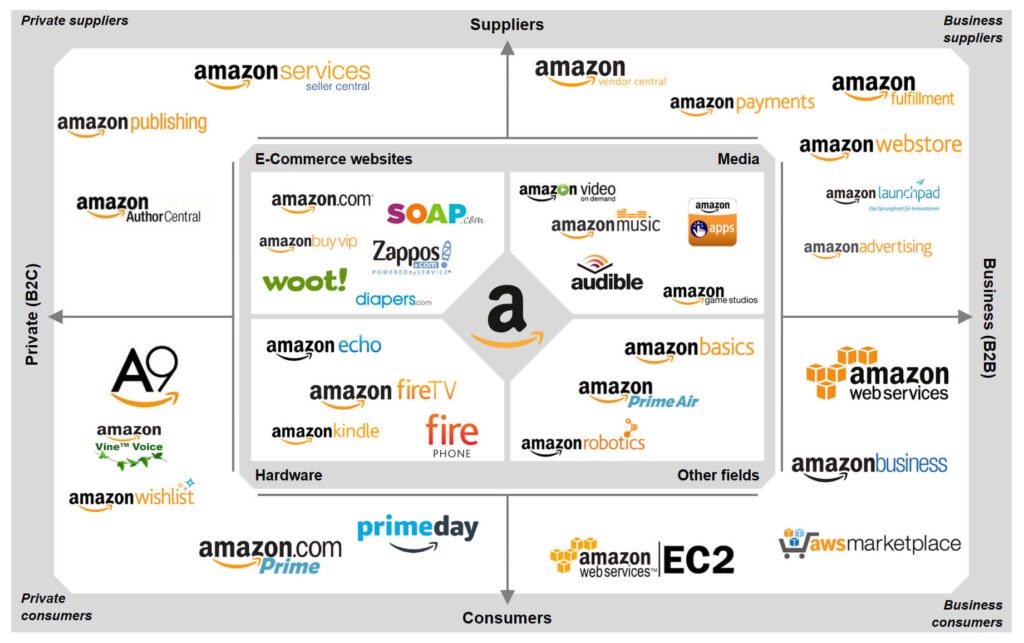
Before delving into strategies for success, it’s essential to understand the different facets of the Amazon ecosystem. Here are the primary components:
- Amazon Marketplace: This is where third-party sellers can list and sell their products. It’s the heart of Amazon’s e-commerce operations and where most sellers operate.
- Fulfillment by Amazon (FBA): FBA is a service offered by Amazon where sellers can store their products in Amazon’s fulfillment centers. Amazon handles storage, packing, and shipping, offering Prime-eligible products and potentially winning the Buy Box.
- Amazon Advertising: Amazon offers a suite of advertising options, including Sponsored Products, Sponsored Brands, and Sponsored Display, to help sellers increase product visibility and sales.
- Amazon Prime: Prime members enjoy benefits like free two-day shipping, streaming of TV shows and movies, and exclusive discounts. Winning the Buy Box for Prime-eligible products is highly desirable.
- Amazon Web Services (AWS): AWS is Amazon’s cloud computing platform and a significant revenue generator for the company. While not directly related to selling products, it’s part of the broader Amazon ecosystem.
Strategies for Success on Amazon
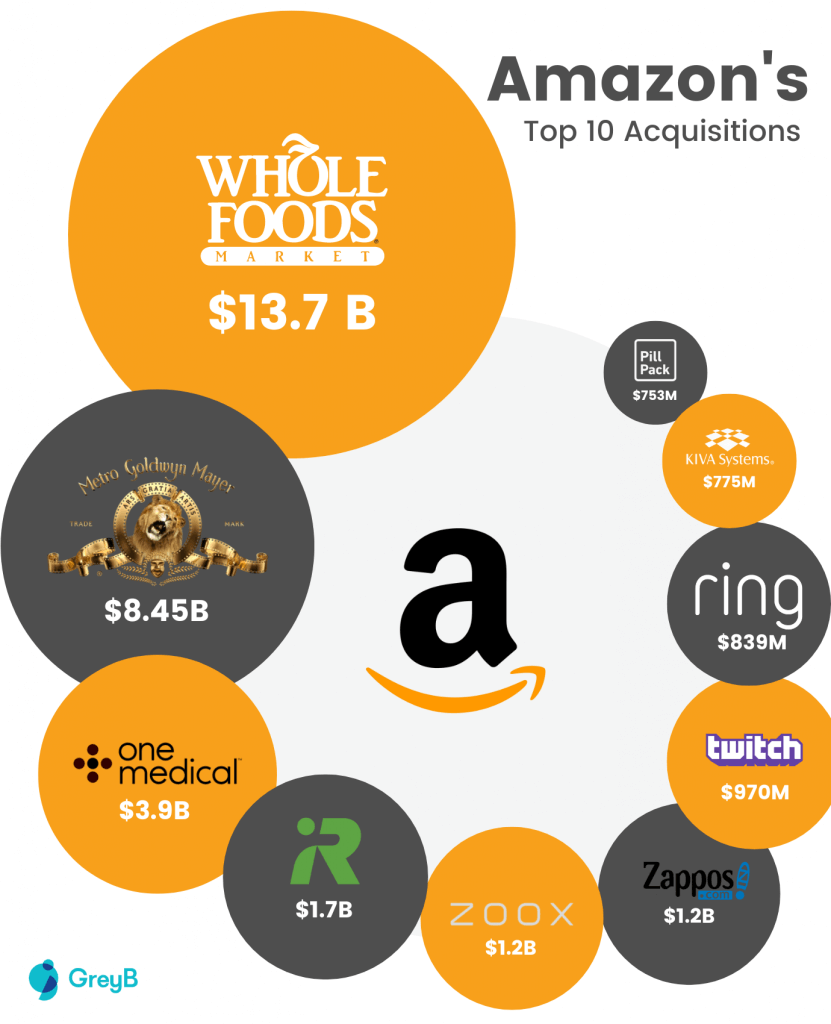
1. Product Selection
Choosing the right products to sell on Amazon is crucial. So, spend a decent amount of time conducting detailed market research to identify which products have the most high demand and manageable competition. Consider factors like product size, weight, and profitability.
2. Optimize Product Listings
Once you know exactly what you are selling, you can start optimizing product listings – this is the cornerstone of success on Amazon. Key elements include:
- Keyword Research: Identify all and any relevant keywords and incorporate them strategically into your product title, bullet points, and product description.
- High-Quality Images: Use high-resolution images that clearly showcase your product. Include multiple images from different angles.
- Engaging Descriptions: Craft compelling and informative product descriptions that address customer questions and concerns.
- Pricing Strategy: Ensure your pricing is competitive. Offer discounts and promotions when appropriate.
3. Win the Buy Box
The Buy Box is the coveted featured spot on a product page. To win the Buy Box, you must successfully meet Amazon’s criteria, which typically include competitive pricing, fast shipping (Prime eligibility), and strong seller metrics. Monitor your performance metrics to maintain Buy Box eligibility.
4. Utilize Fulfillment by Amazon (FBA)
FBA can streamline your operations and improve customer trust due to Amazon’s reputation for reliable and fast shipping. Consider using FBA, especially if you sell products that are Prime-eligible.
5. Leverage Amazon Advertising
The platform offers a range of advertising options to increase product visibility:
- Sponsored Products: These are pay-per-click (PPC) ads that appear in search results and on product pages.
- Sponsored Brands: These ads feature your brand logo, a custom headline, and a selection of products.
- Sponsored Display: Target specific audiences and retarget past shoppers with display ads.
Carefully plan and optimize your advertising campaigns to achieve a strong return on investment (ROI).
6. Focus on Customer Service
Outstanding customer service is vital on Amazon, so respond promptly to customer inquiries and resolve issues professionally. Positive seller feedback and reviews can significantly impact your success.
7. Branding and Differentiation
Invest in branding to stand out in the crowded marketplace. This includes creating a memorable logo, designing appealing packaging, and maintaining a consistent brand voice. Consider enrolling in Amazon’s Brand Registry program to gain access to enhanced branding tools to take it to the next level.
8. Monitor and Adapt
Regularly analyze your performance metrics, sales data, and customer feedback. Adapt your strategies based on this data. Stay agile and responsive to changing market dynamics.
9. Expand to International Markets
Consider expanding to international Amazon marketplaces to reach a broader audience. However, ensure you understand the unique challenges and regulations of each market.
Scaling Your Amazon Business
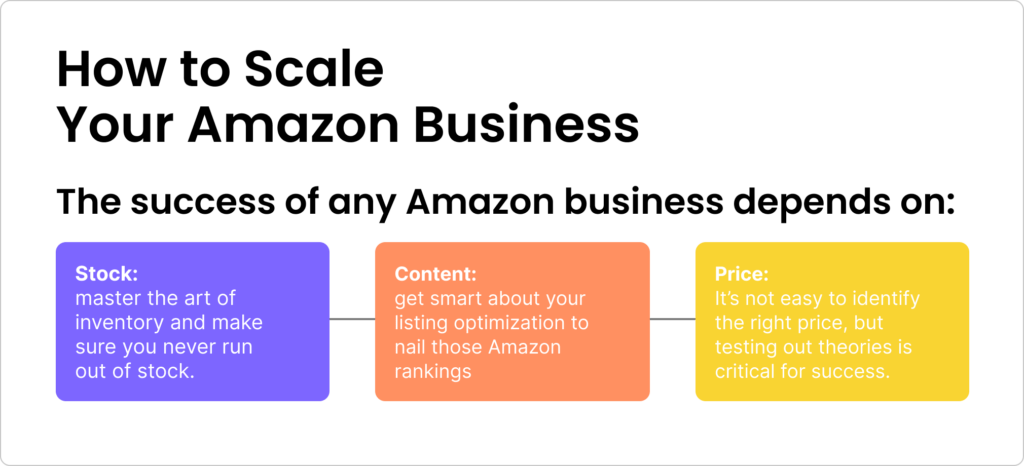
Once you’ve established a solid foundation on Amazon, the next step is scaling your business. Scaling involves expanding your product offerings, increasing sales volume, and possibly exploring new ecommerce marketplaces. It also involves undertaking Amazon marketing, which you can enlist help with from the experts at nuancedmedia.com. Here are some strategies to consider:
1. Diversify Your Product Catalog
Expanding your product catalog can diversify your income streams and reduce risk. Look for complementary products that align with your niche or target market. Like before, when it concerns products, conduct market research to identify profitable opportunities and stay attuned to customer preferences.
2. Explore Private Labeling
Private labeling involves creating your brand and labeling for existing products. It allows you to differentiate your offerings and potentially increase profit margins. Building a strong brand presence can also lead to increased customer loyalty.
3. Consider Amazon Global Selling
Amazon’s Global Selling program enables you to reach international customers. Expanding to international markets can significantly boost your sales potential. Research market conditions and tailor your listings to suit local preferences and regulations.
4. Invest in Inventory Management
Effective inventory management is critical for avoiding stockouts and overstock situations. Utilize Amazon’s inventory management tools and consider third-party software to optimize inventory levels and maintain healthy cash flow.
5. Staying Compliant and Competitive
Amazon’s policies and marketplace dynamics evolve continuously. To maintain your success, it’s crucial to stay compliant with Amazon’s rules and remain competitive.
6. Stay Informed
Frequently check Amazon’s Seller Central for policy updates, announcements, and best practices. Join seller forums and communities to learn from others and stay updated on industry trends.
7. Competitive Pricing
Regularly review and adjust your pricing to remain competitive. Keep an eye on competitor pricing and take advantage of Amazon’s automated repricing tools if necessary.
8. Customer Feedback
Monitor customer feedback and address negative reviews promptly. Providing excellent customer service not only improves your seller metrics but also enhances your brand’s reputation.
9. Fulfillment Methods
Consider the best fulfillment method for your products. While FBA offers convenience, some sellers opt for FBM (Fulfillment by Merchant) to maintain greater control over shipping and customer experience.
Conclusion
Succeeding on Amazon, the world’s largest e-commerce marketplace, is both an art and a science. It requires a deep understanding of Amazon’s ecosystem, effective strategies for product listings, advertising, and customer service, as well as adaptability to evolving market conditions.
Starting with careful product selection and optimization, you can establish a strong presence on Amazon. Winning the Buy Box, utilizing Fulfillment by Amazon (FBA), and leveraging Amazon Advertising can further enhance your visibility and sales. Branding and exceptional customer service will set you apart from competitors.
As your business grows, consider diversifying your product catalog, exploring private labeling, and expanding into international markets. Effective inventory management and compliance with Amazon’s policies are essential for sustainable success.
Ultimately, Amazon success is an ongoing journey that requires dedication, learning, and optimization. By implementing these strategies and staying informed about industry trends and Amazon’s evolving landscape, you can unlock the immense potential of this e-commerce powerhouse and achieve lasting success.
In conclusion, the world of ecommerce marketplaces is rife with opportunities for growth, innovation, and success. Whether you’re a seasoned entrepreneur or a visionary just starting out, Designveloper is here to guide you on this journey. Together, we can harness the full potential of your ecommerce marketplace, ensuring that your business not only adapts to change but leads the way.
Elevate your ecommerce marketplace to new heights. Contact Designveloper today, and let’s embark on a path to digital prosperity together.
